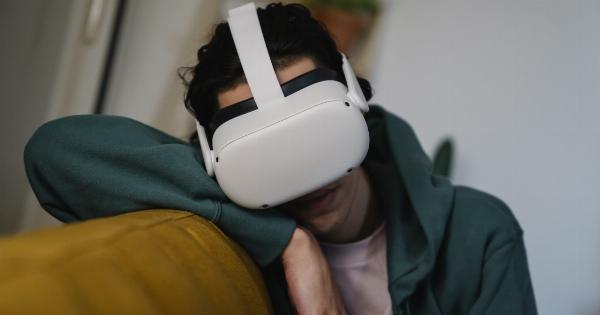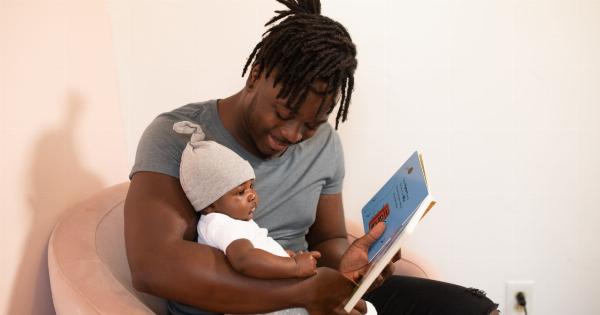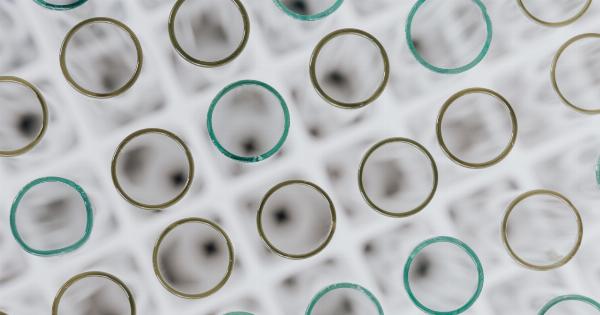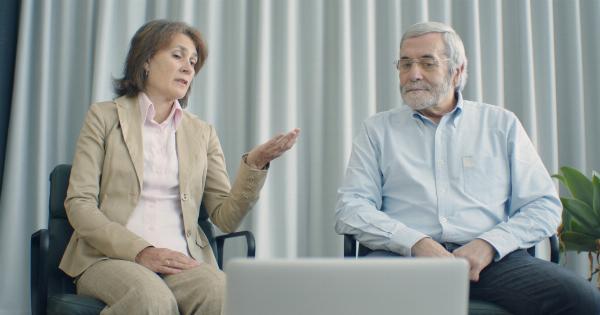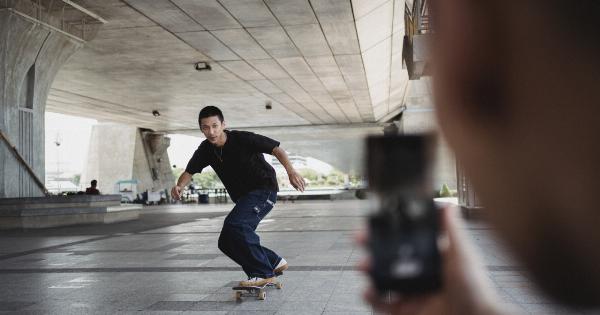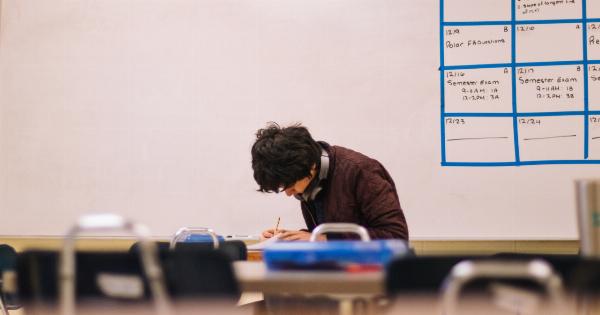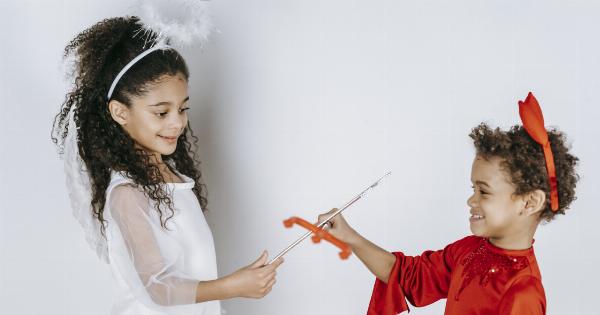Have you ever wondered why certain gestures have the power to unsettle our brains? It’s fascinating how something as simple as a gesture can elicit such strong emotional and cognitive responses.
This article explores the intricate connections between gestures and the human brain, shedding light on the fascinating confluence of factors that contribute to this phenomenon.
1. The Primordial Language of Gestures
Gestures have been a part of human communication since the dawn of time. Before the advent of spoken language, our ancestors relied heavily on gestures to convey their thoughts, emotions, and intentions.
These primal gestures were deeply intertwined with our brain’s development and became an integral part of our cognitive functioning.
2. Mirror Neurons: The Empathy Enablers
Mirror neurons play a crucial role in our ability to understand and interpret gestures. These neurons fire both when we perform an action and when we observe someone else performing the same action.
This “mirroring” mechanism enables us to empathize with others and perceive their intentions and emotions through gestures.
3. Cultural Variations in Gesture Meaning
While some gestures have universal meanings, others are highly culture-specific. The same gesture that signifies agreement in one culture might connote disagreement or offense in another.
Our brain’s interpretation of gestures is heavily influenced by the cultural norms and contexts in which we are socialized.
4. Gestures and Emotional Processing
Research has shown that gestures play a significant role in emotional processing. Certain hand movements, facial expressions, or body postures can trigger specific emotional responses in the brain.
These gestures act as powerful stimuli that evoke memories, thoughts, and feelings, often without our conscious awareness.
5. The Embodied Cognition Hypothesis
The embodied cognition hypothesis suggests that our cognition is deeply rooted in our bodily experiences and bodily sensations. Gestures form a crucial part of this embodied cognition, as they provide a tangible expression of our thoughts and emotions.
The brain not only processes gestures but also relies on them to enhance and shape our cognitive processes.
6. Pathways in the Brain: Connecting Gestures and Language
Studies have revealed intricate neural pathways connecting the regions of the brain responsible for language processing and gesture comprehension.
These pathways indicate that gestures are not mere embellishments to spoken language but an integral part of the language itself. Our brains seamlessly integrate gesture and language to enhance communication and comprehension.
7. The Power of Imitation
Imitation plays a vital role in gesture processing. When we observe someone performing a gesture, our brains automatically simulate the movement, activating the mirror neuron system.
This imitation allows us to relate to others’ gestures and comprehend their intended meaning more effectively.
8. Gestures and Cognitive Load
Research suggests that gesturing can help reduce cognitive load during information processing. When we engage in gestures that mimic aspects of the information we are trying to understand, our brains offload some of the cognitive burden.
This phenomenon highlights the interconnectedness of gestures, cognition, and memory formation.
9. Gestures in Everyday Life
From everyday conversations to important presentations, gestures are an integral part of our communication repertoire.
Becoming aware of our own gestures and paying attention to those of others can enhance our understanding, empathy, and overall communication effectiveness.
10. The Future of Gesture Research
The study of gestures and their effects on the brain is a vibrant area of research, with exciting advancements on the horizon.
Neuroscientists, psychologists, and linguists are collaborating to unravel the complex mechanisms underlying gesture processing, opening up new avenues for improving communication, education, and social interactions.






